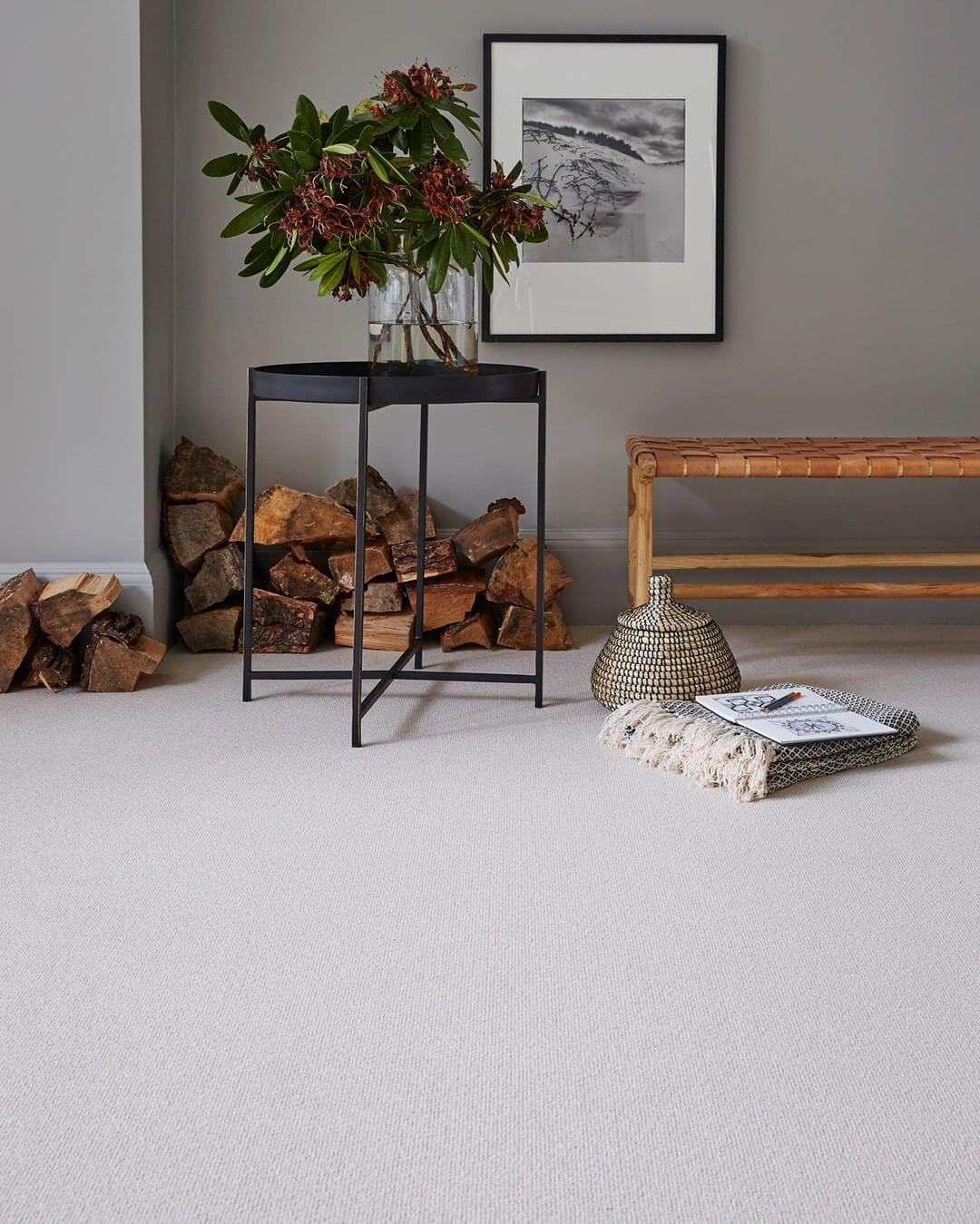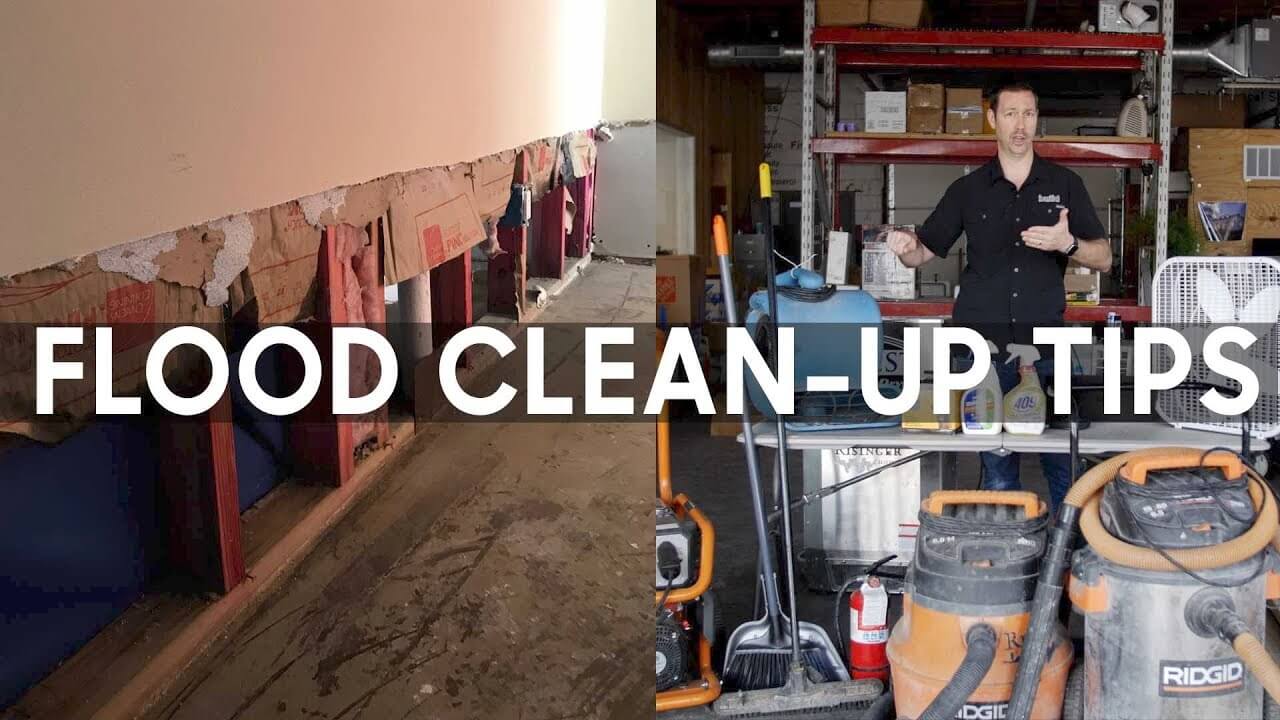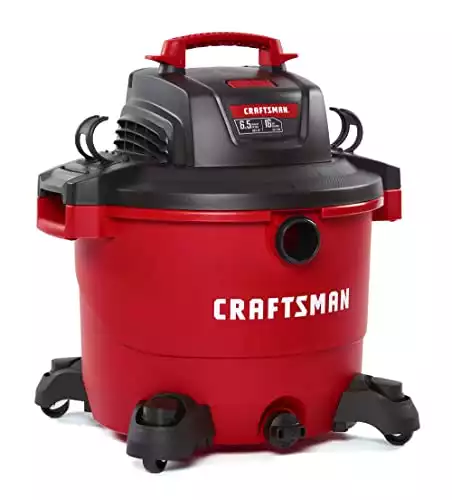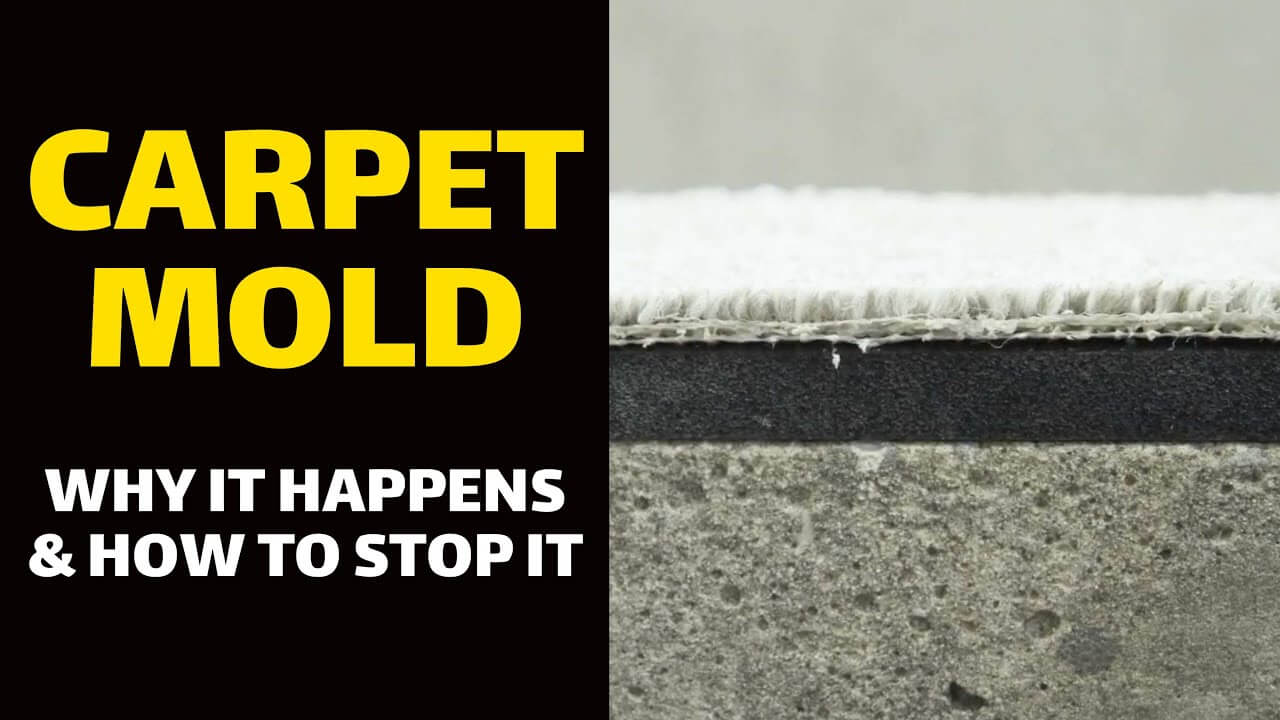How to Dry Wet Carpet Fast From a Water Damage
Facing the daunting task of drying a wet carpet after water damage? Learn quick and efficient ways to tackle this issue and save your carpet.
In a Nutshell:
To dry a wet carpet rapidly after water damage, start by moving all furniture off the carpet. Then, use fans or air conditioning to promote airflow, and if feasible, let the carpet sun-dry. Employ a wet-dry vacuum for thorough moisture extraction. Consider using a dehumidifier to remove excess humidity, enhancing the drying process. Be vigilant for mold growth and vacuum thoroughly once the carpet is completely dry. Quick and effective action is crucial to rescue your carpet from water damage.
How Do I Dry Carpet After a Flood
Water damage in carpets isn’t always immediately visible, but it’s crucial to act fast. As soon as you notice moisture, use fans or heaters, clear the area of rugs, furniture, and damaged baseboards or trim, and start drying the carpet.
If you can’t address the wet carpet immediately, prioritize measures to prevent mold growth. Quick action is key to mitigating water absorption and preventing mold in your carpet.
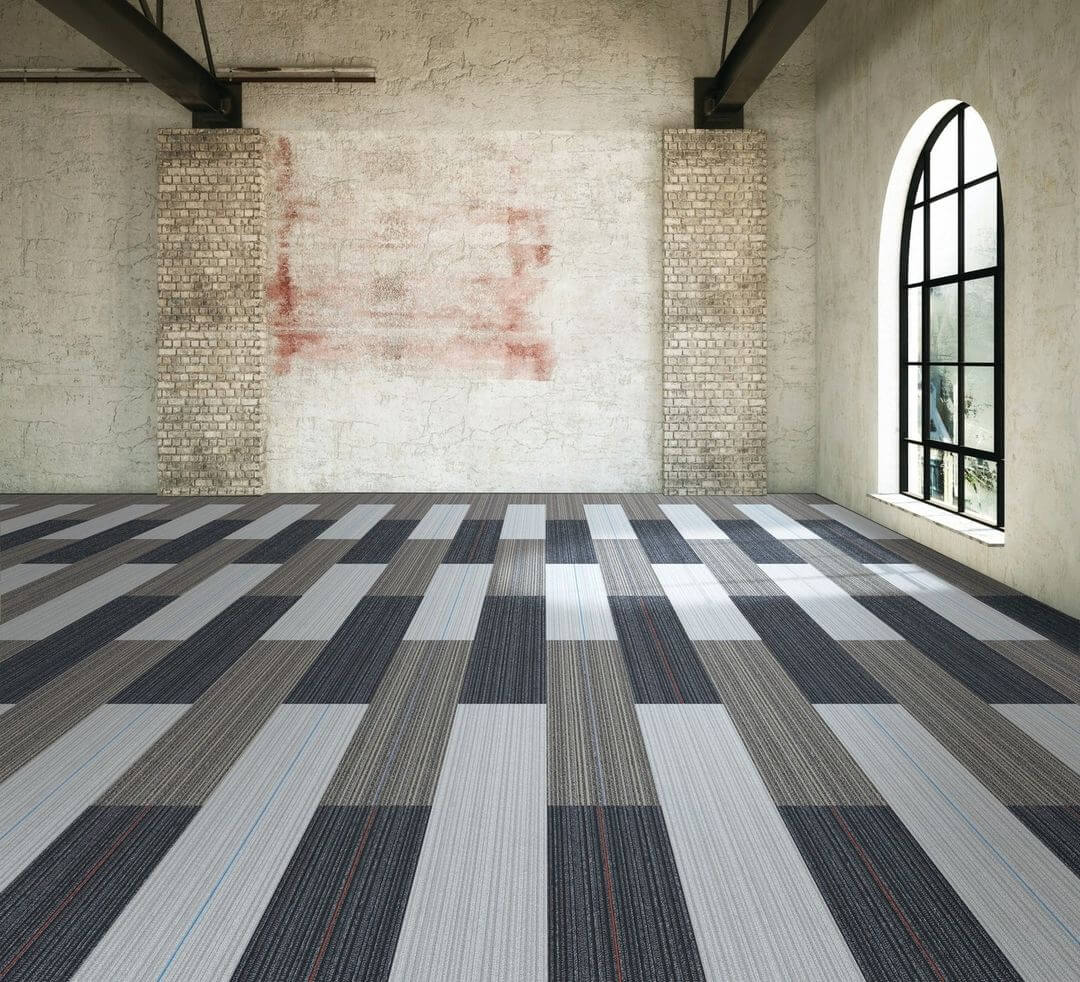
Drying Carpet After Cleaning: Steps to Follow
1 | Clear Away All the Furniture on the Carpet
First, you will want to move all the furniture and or any other heavy objects off of the wet carpet as soon as possible. While relocating your belongings might be a massive time suck, they will only contribute to the weight of the water on your carpet.
Your goal here is to allow your wet carpet to breathe and prevent the weight of your furniture from damaging your wet carpet. Ideally, you will want to install waterproof carpet protectors under the legs of your furniture.
2 | Put Up Restrictions Within the Affected Area
You should place barriers in place or signs that tell people to avoid walking on your wet carpet while it’s wet, and especially so when the carpet is drying.
If people are walking on your wet carpet, they’ll put unnecessary pressure on it and soak up some of the remaining moisture. This will prolong the drying process because water won’t have an escape route when it evaporates.
3 | Dry Wet Carpet Within 24 Hours for Best Results
Ideally, you should start the drying process within 24 hours of when your carpet has been exposed to water. The longer it’s left to dry, the more likely mold and mildew will develop.
If you’re unable to get started within 24 hours of when your carpet was exposed to water, you should be prepared for a long drying process that may not be complete for several days or even weeks.
4 | Use Fans to Circulate Airflow Around Your Home
I’d highly recommend using a fan and or turning on your AC to help speed up the drying process, and prevent mold from developing as water evaporates.
Depending on how wet your carpet is, and the size of the room you may want to use several fans throughout the home so that it dries more quickly. If possible, point fans towards doors and windows so they’ll be open while you’re drying the carpet.
5 | Place Wet Carpet in the Sun for More Dry Time
If you don’t have any fans to speed up the drying process, try laying your wet carpet in direct sunlight, and particularly so if your carpet is completely saturated.
This will cause it to dry more quickly because the sun’s ultraviolet rays kill mold spores and other things that can grow in your wet carpet.
Just make sure you’re able to move it back indoors when it gets dark or let it stay outside until the sun goes down, or else you’ll have a difficult time getting it back in place.
6 | Use a Dehumidifier and a Radiant Heating System
If you have radiant heating systems and it’s not a 90-degree day, ramp the heating up to its highest set point speedy results. This will quickly and effectively dehydrate the carpet and speed up the process of drying it.
Additionally, if you have a dehumidifier, I advise using it in combination with your radiant heating system to dry out your carpet as much as possible before attempting any other drying methods.
This is a fantastic starting point before removing carpet and carpet padding, and will most certainly help with humidity levels.
7 | Use a Wet Dry Vacuum to Remove Moisture from Carpet Fibers
A wet-dry vacuum will remove water from your carpet far better than a standard household vacuum cleaner.
Plus, I would NOT recommend using your regular vacuum cleaner, unless it’s bagless with a wet vacuum function.
Once you’ve got hold of a wet vacuum, you’ll need to empty it out completely after each use, and likely two or three times during the drying process. This will greatly reduce any mold or mildew that may develop in your wet carpet before it’s fully dry.
8 | Deep Clean Carpet During Drying Process
It’s very important to deep clean carpets that have been exposed to water before they’re allowed to completely dry and while they still have moisture in them.
You should use a special cleaning solution that’s tough on stains to deep clean your carpet. If you have pets, you should also pay attention to any areas they’ve soiled or marks they’ve left behind because this will attract bugs or rodents that eat pet waste.
9 | Clean Stains with a Dry-Clean Only Cleaner (Baking Soda)
If there are nasty-looking stains on your carpet, make sure that any cleaner you use is a dry-cleaning product. These types of cleaners absorb more quickly and thoroughly than wet carpet shampoo, so they’ll reduce the chances of stains reappearing once your carpet is completely dry.
If you’re just dealing with a few small patchy areas and don’t have any dry-cleaning solution on hand, you can use baking soda instead. Just sprinkle a generous amount of baking soda over the wet carpet and let it sit overnight and then vacuum it up the following day.
10 | Look Out For Mold Growth on Wet Carpet
If there’s still moisture in your carpet after 48-72 hours, you’ll need to use an anti-mold product like Complete Mold Killer that can be purchased via Amazon or at most hardware stores.
That said, you should seriously consider calling a professional contractor for help if mold does develop on the surface of your wet carpet. It may be difficult to remove by yourself and maybe more costly to acquire special products and equipment to deal with a moldy damp area.
11 | Vacuum Wet Carpet After It’s Completely Dry
If your carpet has been exposed to water and there’s no longer any moisture in it, you should vacuum to pick up any mold spores that may have grown during the drying process.
This will prevent you from accidentally breathing in mold spores as you walk over your carpet. I’d also advocate scattering some baking soda on the carpet and letting it sit for several hours before attacking it with the vacuum cleaner.
12 | Use a Lint Roller to Remove Small Stains
Stains are unavoidable when you’re drying wet carpet, and if the above baking soda method doesn’t resolve your unsightly looking wet stains, a lint roller might be the way to go.
A lint roller will allow you to quickly pick up stains before they set in place for good.
Ideally, you’ll want to roll your carpet ASAP as its sticky surface can help collect impure contaminants. Although keep in mind that this method is only recommended for small carpet cleaning patches.
How to Dry Wet Carpet – What NOT to Do
1 | Don’t Use Carpet Shampoo on Wet Carpet
If you plan on shampooing your carpet as soon as possible, don’t do it while it’s still wet. Carpet shampoo works by being absorbed into the fibers of the carpet, so you won’t be able to do this until your carpet is completely dry.
2 | Don’t Pull Wet Carpet Up From the Edges
One of the worst things you can do is pull a wet carpet up by its edges to try and dry it. This will cause ripples that are difficult to remove later on. You should lay down thick towels underneath your wet carpet instead of trying to pick the carpet up from the edges.
3 | Wait 24 Hours Before Walking on Wet Sections of Carpet
Ideally, you should give large sections of carpet that has absorbed an excessive amount of moisture around 48-72 hours to dry completely before walking or standing on it.
Also, opening doors and windows in your home will give increase the chances of your carpet drying quickly. Air circulation is key to decreasing the amount of lingering moisture in the air.
4 | Never Use a Hair Dryer to Dry Wet Carpet
Never use a hairdryer or any other kind of heat source when drying wet carpet. This will cause your wet carpets to shrink and they may never look the same again after they’re fully dry.
You should only use fans or other devices to increase airflow over the carpet and expedite the drying process. If you do this, your wet carpet will take less time to dry without any damage or negative side effects.
5 | You’re Not Alone – Call the Professionals
If you’ve followed the steps outlined above and your carpet is still not fully dry, it may be necessary to contact a professional for help. These companies will have large machines which can more effectively dry wet carpet and help prevent mold from growing.
Depending on how serious your water damage is, you may want to consider having someone else clean up the mess for you. These professionals will have experience in dealing with all kinds of water damage and can get your wet carpet back to normal in no time.
How Do I Dry Wet Carpet FAQ.
How Do I Dry a Wet Carpet Quickly?
Drying wet carpet is important because mold begins to grow almost immediately. When water, wine, or any or liquid is spilled onto a carpet, it can lead to a number of potential problems. Within 24 hours, it can be difficult to remove the mold without replacing parts of the carpeting.
Taking proactive measures will prevent mold from growing and destroying your carpets. The sooner you act, the better chance you have of preventing lasting damage to your home or office.
Depending on what type of material the carpet is made from and how much water has been spilled, a wet carpet can lead to mildew growth, rotting, discoloration, and even warping.
If you find that your carpet has become wet as the result of a spill, there are ways to get it dry before further damage can occur. Lifting the carpet to let padding beneath breathe is a good way to prevent a foul odor, or even worse, mold.
- If the wet carpet was caused by a water leak in your home, immediately shut off the water supply.
- Remove as many wet items from the area as possible, including any pieces of furniture or rugs.
- Use fans and dehumidifiers to air-dry the carpeting and point them towards your floor space.
- Use a wet-dry vacuum and towel or squeegee to remove any excess moisture from the carpet.
- Use an anti-mold carpet cleaner on your wet carpet to remove any debris, dirt, or remnants.
- Call a professional carpet cleaning service if you do not feel confident in your ability.
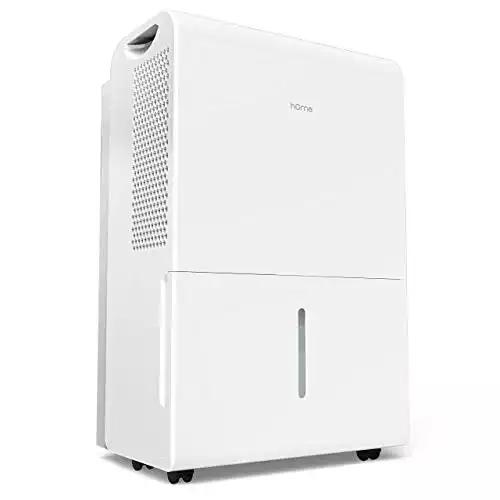 HomeLabs Houseold Dehumidifier (4,500 Sq. Ft)
HomeLabs Houseold Dehumidifier (4,500 Sq. Ft)
- Removes excess moisture out of the air on a continuous basis without disturbing your home's humidity levels.
- Works great to work with other HME products, solving common problems like mold, mildew, dust mites, fungus, and bacteria.
- Excellent for odor elimination and can help keep your home smelling fresh and clean by keeping humidity under control.
- Runs super quietly making it a fantastic option for bedrooms, yet still has enough capacity for large rooms and basements.
How Long Does It Take to Dry Carpet?
When carpet becomes wet, it is important to get the area dry as soon as possible. There are many factors that affect how quickly carpets will dry including the amount of moisture in the carpeting itself and the air temperature and humidity outside.
For instance, if there is a large flood or leak within your basement or anywhere in your home, you should have several fans running throughout the house as well as a heater or some other source of heat to help speed up the process.
There is no exact formula for how long it takes carpet to dry because every situation is different and there are so many variables that go into play.
However, you can take some factors into consideration:
Factors that will affect how quickly your carpets dry include:
You should also take into consideration how much airflow is in your home when trying to estimate how long it will take for wet carpets to dry. The less air movement, the longer it will take for moisture to evaporate and dry.
The amount of time that carpets require in order to dry varies from one room to another, and there is no set timeframe when the job is finished.
Is It Okay to Let a Wet Carpet Sit?
When you’ve sprung a water leak in the ceiling or have otherwise caused an area of carpet to become wet, you might wonder whether it’s okay just to let the carpet dry on its own. The answer is that it depends on how long the carpet has been wet and what kind of material it’s made out of.
Letting wet carpet sit for long periods of time is almost never a good idea.
For one thing, mold can grow on wet carpet just as it can grow anywhere else where it finds ample moisture. Mold is especially dangerous to inhale, so if you have allergies or respiratory problems, this could make your condition much worse.
For another thing, many types of carpet and padding absorb moisture and then can’t release it. This means that, as the carpet material tries to dry on its own, you run the risk of causing permanent damage to your flooring.
Will Wet Carpet Dry on Its Own?
It depends on what kind of carpet you have as well as how long it’s been wet. In general, nylon and wool carpets can take up to a week to dry completely by themselves.
However, they usually require some help from fans or heaters before the job is complete. Artificial turf carpets might only need a few hours to dry–or even less time, depending on how high the humidity is in the space.
When other types of carpets are exposed to moisture, they can begin to mold. If the humidity is high enough, the wet carpet could even begin to smell at this point.
Again, using fans and dehumidifiers (to lower humidity) will help prevent this, but you might also need to use something like a commercial enzyme cleaner that will actually eat away at the mold.
Does Mold Grow On Wet Carpets?
Yes, mold certainly does grow on wet carpets. As carpet is very absorbent and holds large amounts of water in the fibers of the carpet, mold will start growing if not dried right away.
Mold will start growing in about 24 hours if you let the carpet remain wet, so it is very important that you take care of this problem as soon as possible.
Also, when there is a lot of humidity in the air from being around steam from taking a shower or from using a humidifier, or just from the heating system in the house, mold will grow if too much moisture is allowed to remain in the carpet.
It should be noted that there are some special types of mold that can grow in wet carpets, and these types of molds will not grow in all carpets. However, it is best to dry your carpet right away anytime you have a water spill or an area that has become moist due to any causes at all.
The Bottom Line
Dealing with wet carpet can be a headache, but it doesn’t have to be. There are many ways you can dry your carpets and reduce the risk of mold growth while also saving money on replacement costs down the road.
Key Takeaways:
A quick search of your local area should lead you to at least one reputable, trustworthy cleaning service that will be able to help rid your home of excess moisture and stop mold from growing.

